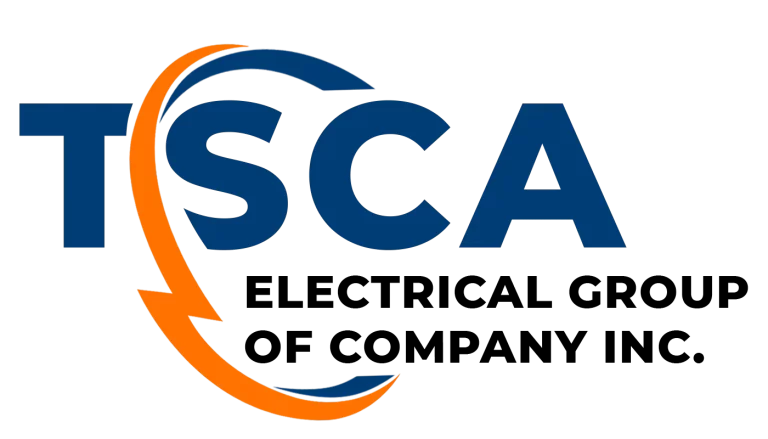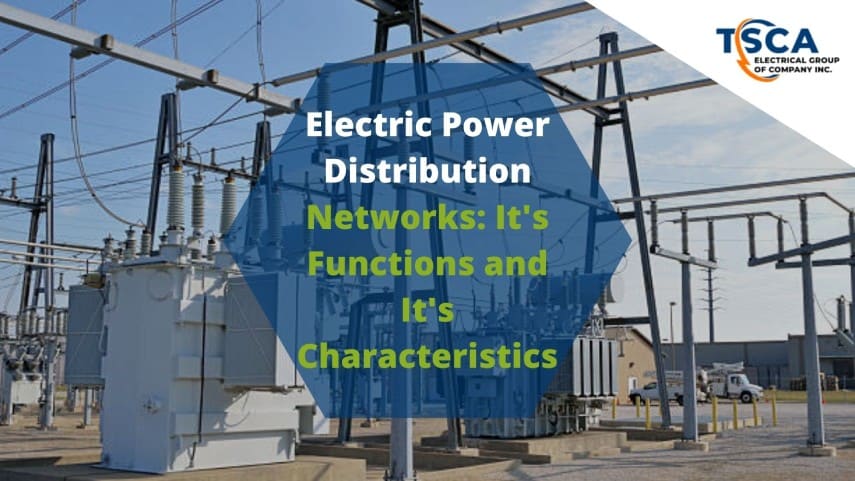Electric power distribution networks are one of the best ways to deliver energy to homes and commercial environments with safety and quality. This is because they have a complete process that starts from the generators, connecting great distances to the final consumption.
The dimensions of the Brazilian states, and the distance between the power generating units (hydroelectric) and consumers, for example, are factors that increase the importance of the electrical power distribution system.

Electric Energy Distribution
To make the distribution, the electric energy leaves the power plants and generators through overhead cables with insulating layers, placed in metal towers. Thus, we can define this whole set of towers and cables as electric power distribution networks.
In this electric power distribution system, the transmitters are being manage with high-voltage, but may also contain lower-voltages within the concessionaires themselves. These different types of voltages assure that consumers obtain energy in the best possible way.
Aside from cables and towers, another important element of the transmission network are insulators, which surround and support wires and cables. With them, it is possible to prevent electrical accidents, minimizing losses costs.
The transmission lines are also form(ed) by transformation substations which are compos(ed) of transformers, control and protection equipment.
Transmission Lines
The transmission lines can be form(ed) by metallic conducting wires in towers through insulators with high performance materials.
These transmission lines spread over lengthy distances, linking power plants and large consumers, that is, those that use energy at high-voltage, for instance, factories and mining companies.
Do you know how transmission lines work in Brazil? There, they are classified according to the operating voltage level. For this, each voltage range has a code that represents a set of transmission lines of the same class:
- A1: voltage equal to or greater than 230 kV;
- A2: voltage between 88 kV and 138 kV,
- A3: voltage of 69 kV.
Distribution Networks
The electric power distribution networks are form(ed) by high, medium and low voltage lines. It is worth remembering that the transmission lines with a voltage equal to or greater than 230 kV are called the basic network.
Although some transmitters contain voltage lines below 230 kV; part of the transmission lines between 69 kV and 138 kV are the responsibility of distributors. For this reason they known as sub-transmission lines.
The distributors operate low and medium voltage lines, also known as primary and secondary networks. The medium lines for the conventional overhead distribution network have an electrical voltage between 2.3 and 44 kV, and can be seen on cables, and utility poles on streets and avenues.
The low voltage overhead electrical networks have a current that varies between 110V and 440V, depending on the region. The cables that make this type of connection are fix to the same utility poles that support medium voltage networks, but are located at a lower height.
Distribution Network Types
In general, there are four main types of electrical distribution system. Here’s how they work and what are the main features of each:
- Conventional overhead distribution network: despite being very common in Brazil, the conductors of this network are not insulated, becoming more vulnerable to the occurrence of short circuits;
- Compact overhead distribution network: this option is much safer than the conventional one, as its conductors are insulated. In addition, the network does not take up much space, minimizing the number of disturbances.
- Isolated overhead distribution network: this network is much more protected; because its conductors are cover with the ideal insulation to be twist(ed). Generally, it is more expensive and used in special situations.
- Underground distribution network: the underground network is the one that provides greater reliability and better aesthetic result. However, it tends to be much more expensive than the other electric distribution options.
Contact us today to learn what we have to offer or read more of our blogs.





